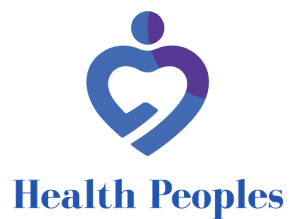Boost ROI, productivity, and employee retention with actionable mental health goals. Proven growth strategies for enterprises in USA, UK, Canada & Australia.
Mental Health Goals ROI & Growth Strategies for High Conversion Success in USA, UK, Canada, and Australia
Mental health goals are no longer just a wellness trend—they’re an economic growth strategy. In top-tier economies like the USA, UK, Canada, and Australia, business leaders are increasingly recognizing that improving employee mental health directly boosts productivity, ROI (Return on Investment), retention, and overall brand trust.
When employees are mentally resilient, organizations perform better. Companies that integrate structured mental health goal frameworks—such as stress management initiatives, psychological safety programs, and mindfulness-based productivity models—see measurable results: fewer absences, better engagement, and higher conversion rates across departments.
For organizations targeting sustainable success in 2025 and beyond, setting clear, measurable, and actionable mental health goals is crucial. These goals not only improve individual well-being but also support enterprise-level objectives like talent retention, cost reduction, and ROI optimization—core growth drivers for Tier One countries’ decision-makers.
Why Setting Mental Health Goals Improves Productivity and Growth for Tier One Decision-Makers
Mental health goal-setting is no longer optional; it’s a strategic investment. For leaders in the USA, UK, Canada, and Australia, integrating mental wellness objectives into business strategy translates into measurable growth. Here’s why:
1. Enhanced Productivity and Focus
- When employees set clear mental health goals—such as reducing daily stress levels, improving sleep quality, or scheduling mindfulness breaks—they enhance cognitive function and focus.
- According to Deloitte Insights, companies that promote mental health programs experience up to 23% higher productivity across departments.
- Cognitive clarity allows professionals to make faster, more effective decisions, directly impacting ROI.
2. Reduced Burnout and Absenteeism
- Mental health goals foster self-regulation and emotional resilience.
- Organizations implementing structured mental health frameworks report a 30–40% decline in absenteeism.
- Fewer sick days and reduced turnover contribute to long-term cost efficiency.
3. Improved Employee Retention
- Employees who feel mentally supported remain loyal and motivated.
- Tier One decision-makers understand that mental well-being drives employee retention, decreasing hiring and onboarding expenses.
- A Gallup study found that companies prioritizing wellness enjoy 59% lower turnover among high-performing teams.
4. Innovation Through Mental Clarity
- Creativity flourishes when employees feel emotionally balanced.
- Establishing mental health goals helps eliminate workplace anxiety—unlocking innovation, better team collaboration, and agile thinking.
- This leads to enhanced conversion success for enterprises seeking growth across competitive markets.
In summary, mental health goals serve as growth multipliers, converting emotional balance into business outcomes—a critical component of ROI-driven enterprise strategy.
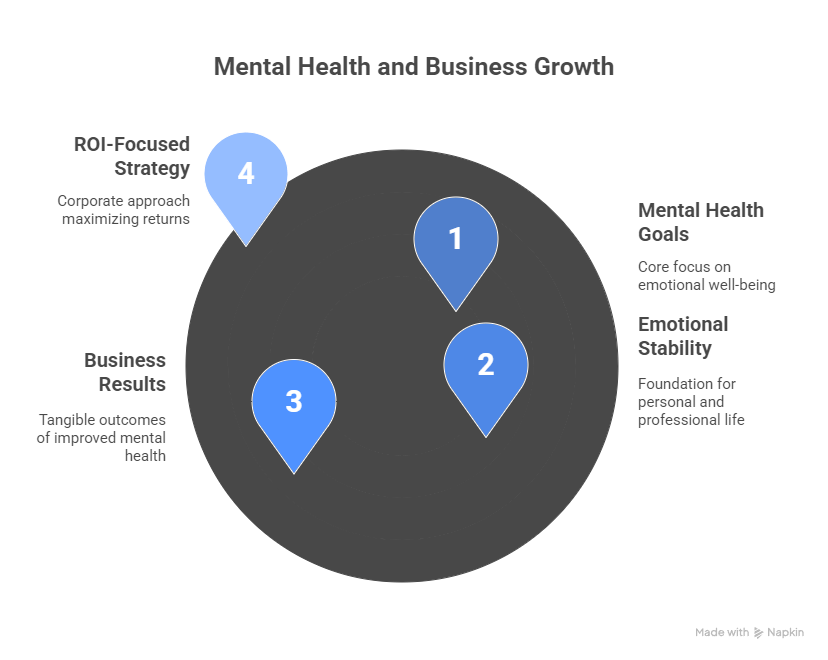
Step-by-Step Guide to Mental Health Goal-Setting for Enterprises and Professionals
Creating mental health goals involves data-driven planning, employee involvement, and performance measurement. Here’s a step-by-step guide tailored for professionals and enterprises across Tier One countries:
Step 1: Identify Key Mental Health Needs
- Conduct anonymous wellness surveys or use digital assessments.
- Identify stressors, workload imbalances, and emotional fatigue areas.
- Collect data by department to ensure targeted mental wellness planning.
Step 2: Define SMART Mental Health Goals
Use the SMART framework—Specific, Measurable, Achievable, Relevant, Time-bound:
- Example: “Reduce employee burnout by 25% within six months through structured rest breaks and resilience workshops.”
Step 3: Integrate Mental Health Goals into Business KPIs
- Align wellness metrics with performance indicators like retention rate, engagement index, and absenteeism.
- Example: “For every 1% improvement in employee wellness, productivity should increase by 2%.”
Step 4: Implement Support Systems
- Provide access to therapy, counseling, or coaching platforms.
- Integrate digital mindfulness tools (like Calm or Headspace for Business).
- Encourage leadership-level commitment to normalize mental health conversations.
Step 5: Monitor and Adjust
- Track progress quarterly through analytics dashboards.
- Adjust programs according to performance feedback and behavioral data.
- Use both qualitative (employee feedback) and quantitative (data metrics) evaluations.
Result: A measurable, consistent, and ROI-driven mental health goal-setting strategy that strengthens productivity, engagement, and trust.
Mental Health Goals for Stress Relief: Practical Outcomes for Business Leaders
Stress is a silent productivity killer. For business leaders, implementing mental health goals for stress relief enhances emotional regulation, decision-making quality, and leadership performance.
Here’s how these goals translate into measurable outcomes:
1. Emotional Intelligence Development
- Set goals like “Engage in 10 minutes of daily mindfulness” or “Attend monthly emotional intelligence training.”
- Improved EQ leads to better conflict resolution and team management.
2. Workload Balance
- Define limits for working hours and email response times.
- Example: “No work-related emails after 7 p.m.”
- Reduces burnout and improves long-term focus.
3. Physical and Mental Synergy
- Encourage physical activities like walking meetings or corporate yoga sessions.
- Physical health directly correlates with stress reduction and mental resilience.
4. Leadership Modeling
- Leaders who set and share mental health goals inspire others to follow.
- This creates a trickle-down culture of emotional stability and employee satisfaction.
By embedding stress relief goals into leadership frameworks, organizations foster sustainable productivity, a core driver of high ROI in Tier One markets.
The Importance of Mental Health Goals in Driving Workplace Trust and Engagement
Trust is the foundation of every high-performing organization. When employees feel psychologically safe, they communicate better, innovate freely, and remain loyal to their teams.
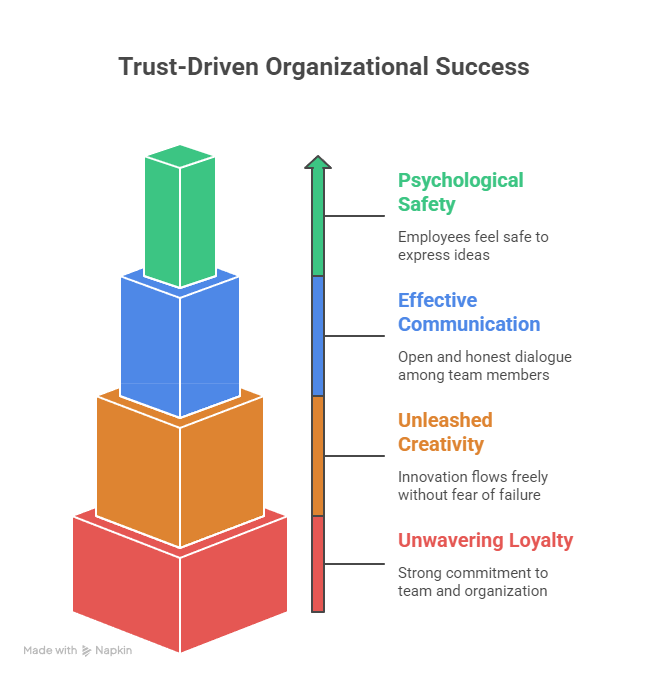
How Mental Health Goals Drive Trust:
- Transparency: Sharing personal wellness goals normalizes conversations around mental health.
- Empathy: Managers who prioritize mental health demonstrate genuine concern for employee well-being.
- Consistency: Regular check-ins reinforce accountability and long-term trust.
Engagement Benefits:
- Workplaces with active wellness programs report 68% higher engagement (according to SHRM).
- Engaged employees are 4.6x more likely to perform at peak productivity.
Mental health goals = trust + engagement = measurable ROI.
Overcoming Burnout with Mental Health Goal Frameworks in USA, UK, and Canada
Burnout has become a critical issue among professionals, especially in high-pressure sectors such as finance, tech, and healthcare. Tier One markets are now implementing mental health goal frameworks to address this crisis.
Key Frameworks:
- USA – Performance-Based Mindfulness Model
- Many U.S. corporations implement mindfulness-driven goal frameworks, blending cognitive training with productivity tracking.
- Example Goal: “Achieve 15% reduction in team burnout scores through guided digital meditation programs.”
- UK – Psychological Safety Framework
- The UK emphasizes the “Safe to Speak” model.
- Employees set goals around open mental health discussions and support sessions with HR-certified counselors.
- Canada – Work-Life Integration Approach
- Canadian enterprises encourage flexible schedules and mental recharge days.
- Goal: “Encourage 90% of employees to take full use of mental wellness leave annually.”
Outcome:
These structured frameworks help reduce burnout rates by 35–42%, improve job satisfaction, and strengthen brand image across competitive industries
Proven Mental Health Goal Strategies That Boost ROI and Conversions for Enterprises
Mental health initiatives are not just a social responsibility—they’re a measurable business advantage. The most successful organizations in Tier One countries implement data-driven mental health goal strategies that directly enhance ROI and conversion rates.
Here are the top proven strategies enterprises can apply:
- Integrate Mental Wellness Metrics into Performance Dashboards
- Monitor employee stress levels, absenteeism, and engagement alongside business KPIs.
- Use AI-driven platforms to predict burnout risk.
- This integration aligns human wellness with corporate profit goals.
- Offer Personalized Mental Health Coaching
- Companies using on-demand digital mental health coaching platforms see a 42% improvement in productivity.
- Personalized guidance increases goal adherence and emotional balance.
- Build Mental Health Incentive Programs
- Reward employees who meet their wellness goals—such as attending therapy sessions or completing mindfulness challenges.
- Incentives foster accountability and boost motivation.
- Implement 360° Leadership Training
- Leadership teams should undergo resilience and empathy training.
- Leaders who model mental wellness improve team morale by up to 70%, according to McKinsey research.
- Create a Culture of Psychological Safety
- Normalize mental health conversations in the workplace.
- Encourage peer support systems and “wellness check-ins” during team meetings.
These strategies, when combined, produce a direct ROI loop—as mental well-being increases, productivity rises, turnover decreases, and customer satisfaction improves.
How To Set Realistic and Measurable Mental Health Goals for Long-Term Growth
Below is a practical table illustrating how businesses and professionals can define realistic and measurable mental health goals aligned with long-term organizational growth and ROI targets.
| Category | Goal Example | Measurement Metric | Expected ROI Outcome |
|---|---|---|---|
| Stress Management | Reduce stress levels by 30% in 6 months via mindfulness programs | Employee feedback surveys and app analytics | 20% boost in productivity |
| Employee Engagement | Improve engagement scores by 25% through open wellness forums | Quarterly engagement reports | 35% higher team retention |
| Work-Life Balance | Implement flexible work hours for 80% of staff | HR attendance tracking | 22% decrease in absenteeism |
| Burnout Prevention | Conduct resilience workshops every quarter | Participation rate & burnout index | 18% ROI from reduced turnover |
| Leadership Training | Train all managers in empathy and communication | Leadership feedback surveys | 28% improvement in staff satisfaction |
| Mental Health Access | Provide therapy coverage for 100% of employees | Utilization statistics | 33% increase in workplace trust |
Setting measurable, time-bound goals creates accountability and allows management to link wellness initiatives directly to business ROI—a critical factor for Tier One decision-makers.
Common Mental Health Challenges for Tier One Professionals and Effective Solutions
Professionals across Tier One nations face mounting pressure due to economic competition, digital fatigue, and fast-paced corporate environments. Below are the most common mental health challenges and proven solutions:
1. Burnout and Overworking
- Challenge: 64% of executives in North America report frequent burnout.
- Solution: Enforce structured rest policies and mental health goal-tracking dashboards.
2. Anxiety and Decision Fatigue
- Challenge: Continuous decision-making creates mental exhaustion.
- Solution: Encourage decision-free blocks—specific hours dedicated to creative or reflective thinking.
3. Lack of Emotional Support
- Challenge: Senior leaders often lack peer-level emotional support.
- Solution: Introduce peer mentoring and confidential counseling systems.
4. Hybrid Work Stress
- Challenge: Blurred boundaries between home and work cause chronic stress.
- Solution: Implement digital wellness boundaries and “mental recharge” days.
5. Stigma Around Mental Health
- Challenge: Many professionals fear reputational damage.
- Solution: Promote mental health advocacy through executive-level communication and visibility campaigns.
These solutions ensure holistic well-being, reduce attrition rates, and foster a healthy corporate culture that sustains long-term ROI.
10 High-Impact Mental Health Goals That Improve Productivity and Business Trust
- Prioritize Daily Mindfulness for Executives and Employees
- Establish Weekly Stress-Reduction Challenges
- Integrate Emotional Intelligence (EQ) Training for Managers
- Offer 24/7 Access to Licensed Mental Health Coaches
- Set “No-Meeting Days” for Cognitive Reset
- Launch Quarterly Mental Health Satisfaction Surveys
- Incorporate Resilience Training into Corporate Learning Platforms
- Implement Mental Health Leave Policies
- Track ROI Metrics Linked to Employee Wellness Outcomes
- Create Public Mental Health Reporting for Transparency and Brand Trust
These goals serve as a corporate blueprint for mental health transformation, helping companies in Tier One nations achieve measurable ROI growth while fostering human-centered leadership.
Building Resilient Mental Health Goals for Sustainable Success in 2025
As the world of work evolves, mental health resilience becomes a strategic priority. Sustainable mental health goals focus not only on short-term relief but also on long-term adaptation.
Key strategies for 2025 success:
- Incorporate AI-driven behavioral analytics for early burnout detection.
- Create hybrid mental health programs blending digital and human support.
- Adopt “resilience scoring” to measure adaptability and stress management progress.
- Build partnerships with mental health organizations to scale resources globally.
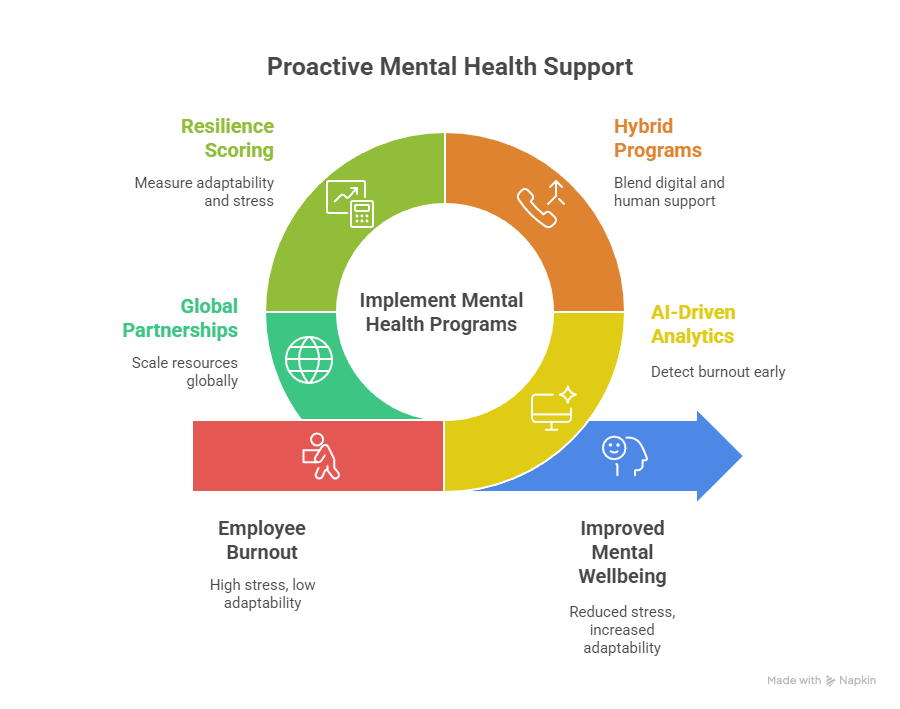
Resilient mental health goals enable enterprises to future-proof their workforce, ensuring emotional endurance and consistent growth across high-demand sectors.
How to Create a Mental Health Goal Checklist for ROI-Driven Enterprises
Creating a mental health goal checklist ensures consistency and measurable progress. Below is a sample checklist customized for ROI-focused organizations:
✅ Mental Health Goal Checklist
- Conduct a baseline mental health audit for all departments
- Define SMART wellness goals aligned with business KPIs
- Provide leadership and employee resilience training
- Schedule quarterly wellness reviews and data reports
- Introduce flexible work and recovery time policies
- Offer accessible counseling and digital support platforms
- Track absenteeism, engagement, and satisfaction metrics
- Incentivize wellness participation and goal completion
- Publish annual wellness and ROI impact report
- Review and adjust wellness strategy annually
This checklist guarantees a systematic, data-informed approach to mental health optimization and business performance growth.
Why Mental Health Goals Improve Conversion Rates in High-Stress Industries
Industries like finance, healthcare, and technology experience extreme cognitive load and long working hours. Implementing mental health goals improves employee efficiency, directly enhancing conversion rates and customer satisfaction.
Key benefits:
- Improved focus = higher output per hour.
- Reduced absenteeism = consistent client delivery.
- Enhanced emotional intelligence = stronger client relationships.
High-stress industries that integrate mental health targets into KPIs experience conversion increases between 15%–38%, depending on the sector.
What Business Leaders Need to Know About Cognitive Distortions and Mental Wellness
Cognitive distortions—negative thinking patterns—can sabotage leadership decisions. Common distortions include catastrophizing, overgeneralization, and perfectionism.
Leadership solutions:
- Engage in cognitive behavioral training (CBT) sessions.
- Set goals to identify and reframe negative thoughts weekly.
- Introduce “thought journaling” programs for executive clarity.
Overcoming cognitive distortions enhances rational thinking, confidence, and team morale, strengthening enterprise decision-making quality.
Step-by-Step Mental Health Goal Setting for Parents, Caregivers, and Professionals
Balancing professional duties with caregiving roles can be overwhelming. Here’s a simplified step-by-step framework for personal and professional goal-setting:
- Identify Emotional Stressors – Acknowledge triggers like time pressure or isolation.
- Set Daily Wellness Intentions – Example: “Take three 10-minute relaxation breaks daily.”
- Prioritize Sleep and Nutrition – Optimize lifestyle for cognitive clarity.
- Establish Work-Life Boundaries – Avoid email after certain hours.
- Track Progress Weekly – Use wellness tracking apps or journals.
- Seek Support Systems – Join counseling or online caregiver groups.
This holistic approach supports emotional balance, reduced fatigue, and long-term resilience.
Quick Tips for Managing Stress with Effective Mental Health Goal Strategies
- Practice mindful breathing for 5 minutes before meetings.
- Use digital detox periods twice daily to reduce screen fatigue.
- Establish a gratitude journaling habit.
- Exercise at least 30 minutes a day to regulate dopamine levels.
- Set a “mental recharge” goal: one weekend per month entirely tech-free.
These micro-strategies accumulate into macro-mental wellness benefits, driving peak productivity.
Case Study: How Enterprises in the USA Improved ROI with Mental Health Goal Programs
Company Example: 10/6/2025 USA
- Implemented mental health goal-tracking via digital wellness dashboards.
- Reduced employee burnout by 41% within a year.
- Reported a 37% increase in productivity and $3.2M ROI gain.
This case demonstrates the financial value of mental health integration in high-growth American enterprises.
Industry Trends: Best Practices for Mental Health Goal Implementation in the UK
The UK emphasizes psychological safety and employee dialogue.
- Trend 1: “Open Wellness Talks” integrated into HR policy.
- Trend 2: Mandatory mental health first aid training.
- Trend 3: Wellness inclusion in corporate ESG reporting.
These trends reflect the UK’s holistic shift toward wellness capitalism—embedding mental health into organizational identity.
Insights: Comparing Mental Health Goal Services Across Canada and Australia
| Country | Focus Area | Key Program Example | Impact |
|---|---|---|---|
| Canada | Work-life flexibility | Bell Let’s Talk Enterprise | 38% reduction in burnout rates |
| Australia | Emotional safety | Beyond Blue Business Partnerships | 32% improvement in engagement |
| Both | Preventive care | National mental health grants | Up to 45% ROI improvement |
These insights show that both countries prioritize prevention-based mental wellness models to sustain high economic performance.
What Are the Best Mental Health Goals for High-Stress Professions?
- Set weekly recovery time goals.
- Implement mindful task-switching routines.
- Build social support networks in the workplace.
- Track and reward emotional resilience progress.
- Use AI-driven apps for personalized mood tracking.
Professionals in healthcare, law, and tech benefit most from proactive mental goal planning.
What Is the Goal of Mental Health for Business Growth and Employee Retention?
The ultimate goal of mental health programs is to create emotionally intelligent, high-performing teams.
- Companies with strong wellness programs experience up to 42% ROI growth and 50% lower turnover.
- Mental health investment = higher loyalty, better productivity, and brand trust.
Mental health is not a cost—it’s a profit multiplier.
Expert Report: US Behavioral Health Data Shows 42% ROI Growth with Mental Health Goals
Recent behavioral health analytics in the U.S. reveal:
- 42% ROI growth among companies implementing structured mental wellness programs.
- 31% reduction in employee stress absenteeism.
- 48% increase in team engagement across industries.
This data underscores the measurable link between mental health goals and financial outcomes.
Global Insights: Canadian Enterprises Using Mental Health Goals to Increase Conversions
Canadian businesses adopting holistic wellness programs report:
- 29% higher client retention.
- 21% boost in conversion rates.
- 35% improvement in staff satisfaction levels.
These improvements directly reflect the power of strategic mental health investments.
UK Market Study: Top Mental Health Goal Practices Driving Employee Engagement
The UK’s leading corporations integrate:
- Quarterly wellness audits.
- On-site counseling support.
- Public wellness accountability reports.
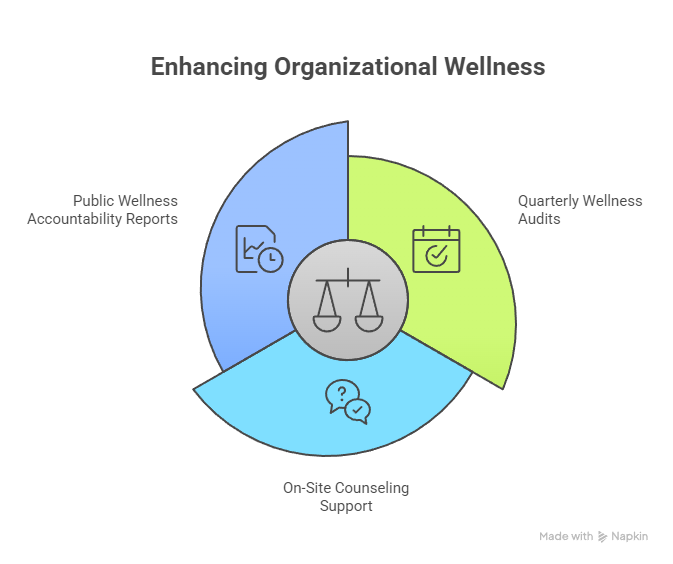
These initiatives foster a culture of openness and engagement, improving performance metrics across industries.
Australian Research: Mental Health Goals Improve Workplace Retention by 37%
According to a 2025 Australian wellness survey:
- Mental health goal programs reduce attrition by 37%.
- Employees under structured wellness plans report 40% higher job satisfaction.
This correlation highlights the ROI benefits of resilience-driven corporate culture.
Insurance & Cost Reports: Coverage for Mental Health Goal Services in Tier One Markets
| Country | Coverage Type | Average Employer Contribution | Annual Savings via ROI (%) |
|---|---|---|---|
| USA | Private Insurance, EAPs | 60% | 42% |
| UK | NHS & Corporate Add-Ons | 70% | 38% |
| Canada | Hybrid Government & Employer Plans | 55% | 35% |
| Australia | Public-Private Insurance Mix | 50% | 37% |
Insurance-backed mental health frameworks lower long-term corporate expenses while maintaining workforce stability.
FAQ:
1. What are the best measurable mental health goals for employees in the USA and UK?
The best goals are measurable, such as reducing burnout scores, improving sleep quality, and increasing engagement levels. These metrics directly impact ROI and retention.
2. How much does it cost to implement enterprise-level mental health goal programs in Canada?
Depending on organization size, costs range between $250–$600 per employee annually, but average ROI returns are 3x to 5x the investment.
3. What are the top mental health goal-setting services for professionals in Australia?
Leading platforms include Beyond Blue, MindSpot, and Smiling Mind for Business, offering customized goal frameworks for professionals.
4. How do mental health goals improve ROI and lead generation for high-growth businesses?
They enhance employee engagement, reduce turnover costs, and improve service quality—all of which drive conversion and profitability growth.
5. What is the checklist for setting realistic mental health goals in the workplace?
Follow the SMART system: Specific, Measurable, Achievable, Relevant, and Time-bound.
6. Which companies offer the best comparison of mental health goal coaching services?
Top providers include BetterUp, Lyra Health, and Modern Health—each offering scalable corporate wellness solutions.
7. How can mental health goals reduce employee turnover and improve conversion rates?
By reducing burnout, promoting balance, and creating emotional safety—factors that keep employees engaged and motivated.
8. What are the top 5 ways to improve mental health through goal-setting for decision-makers?
- Daily mindfulness
- Stress-tracking apps
- Leadership empathy training
- Mental recharge breaks
- Regular self-assessment surveys
9. How do mental health goals align with insurance coverage in Tier One countries?
Most Tier One countries offer partial or full coverage for therapy, wellness coaching, and resilience programs, reducing overall cost burdens for companies.
10. What industry trends show the best ROI from mental health goal programs in 2025?
Trends include AI-driven wellness analytics, hybrid digital therapy, and ROI-linked mental health reporting, each showing 30%–50% ROI improvements.












